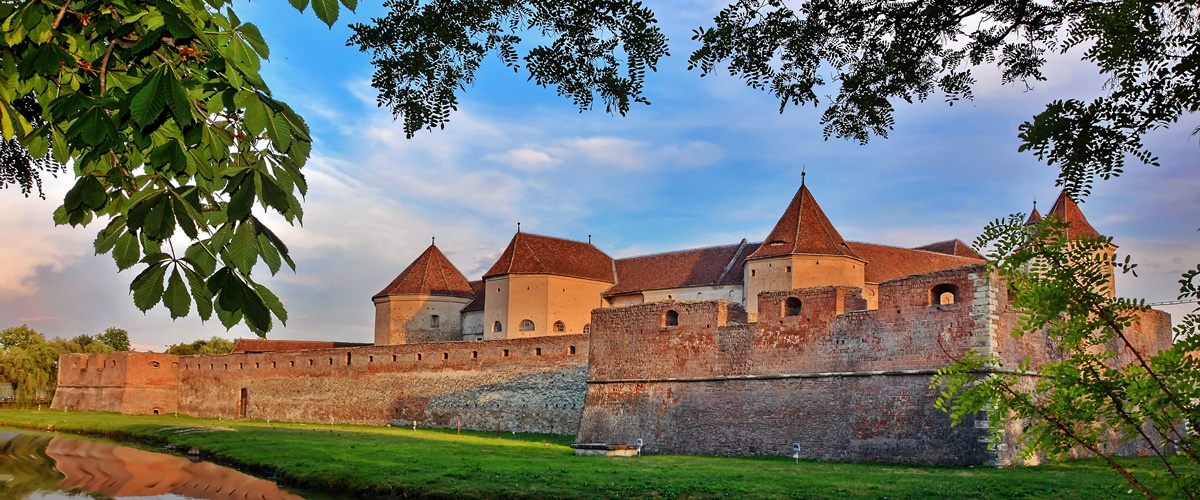Fagaras Fortress
The Fagaras Fortress, which is also one of Romania's top tourist destinations, is particularly beautiful and serves as the town's most significant monument. It can undoubtedly be an incredible setting to spend a few days of your vacation there because it is such a beautiful region with picturesque views and fresh, calming mountain air. It offers the chance to take a tour of this beautiful region of Transylvania because it is situated right in the heart of Fagaras, in the county of Brasov.
On the location of an earlier wooden structure from the 12th century, building on the Fagaras fortress started in 1310. It was built for strategic reasons, specifically to protect south-eastern Transylvania from Ottoman and Tatar invasions. Stefan Mailat, the prince of Transylvania and commander of the citadel and the surrounding domains, later converted the structure into a genuine fortification in 1526. The chamber sizes were expanded, and the protective walls' thickness was doubled. But after an Ottoman invasion on the fortress in 1541, the voivode Mailat was imprisoned for ten years in Constantinople's Seven Towers Fortress, where he inevitably died.
The fortified moat surrounding the stronghold was extended, connected to the Olt River by a covert canal, and outfitted with a folding bridge in 1630. Later, the basements were renovated and used as dungeons to house disobedient slaves. The Austrians captured the citadel of Fagaras in 1696, converting it into a barracks and, starting in 1699, a military jail. It was the headquarters of the Romanian Episcopal Conference United with Rome beginning in 1721 and housed political prisoners who opposed the communist regime in Fagaras Country between 1948 and 1960.
It is believed that the Fagaras Fortress was never conquered. It has been used over time as barracks, castle, prison and even bishopric. The architecture was altered and extended while being maintained through many lords. At a certain point, Fagaras Fortress was actually the capital of Transylvania.
The Middle Ages had severe punishments. In general, torture-related papers or objects can be found in Romanian fortresses. The fortress's cellars include multiple descriptions of the torture that was practised there at the beginning of communism. The majority of people locked up here were imprisoned in isolation without access to a counsel.
A growing number of tourists now travel to the Fagaras Fortress to soak in its history, culture, and natural emotion. Souvenir hunters can pick up a variety of items from here to cherish their memories of this beautiful and fantastic location.




.png)




